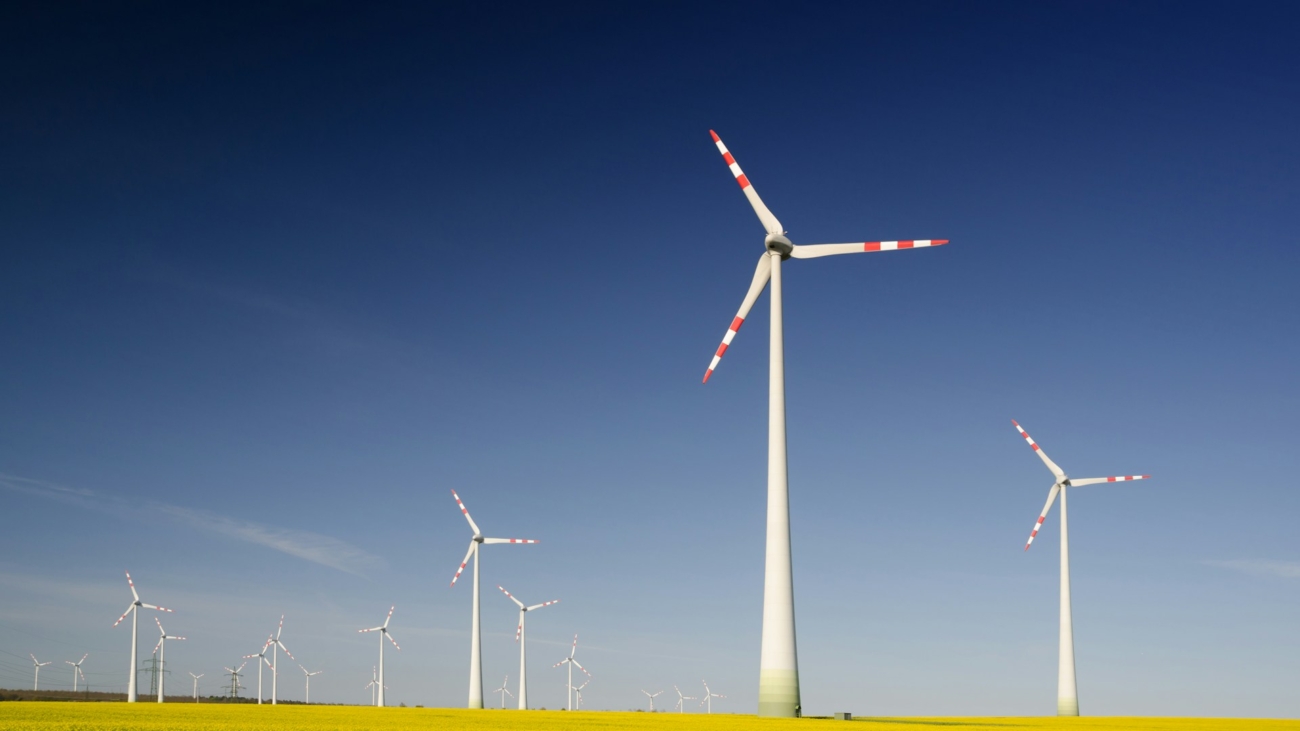Wind energy is one of the fastest-growing sources of renewable energy, offering a sustainable and economically viable solution to meet the world’s increasing energy demands. The economics of wind energy are influenced by various factors, including the availability of wind resources, land supply, material selection for turbine components, maintenance costs, power pricing, and storage solutions. This article explores these factors in detail to provide a comprehensive understanding of the economics of wind energy.
Availability of Wind Resources and Land Supply
The viability of wind energy projects largely depends on the availability of consistent and strong wind resources. Ideal locations for wind farms are often coastal areas, open plains, and hilltops where wind speeds are sufficient to generate significant amounts of electricity. Countries with vast, windy landscapes, such as the United States, Denmark, and Germany, have successfully harnessed wind energy on a large scale.
Equally important is the availability of land for installing wind farms. Wind turbines require significant space to operate efficiently and avoid turbulence created by nearby turbines. Thus, regions with abundant open land are more suitable for large-scale wind energy projects. Proper site selection, taking into account wind patterns and land availability, is crucial for maximizing energy output and economic returns.
Material Selection for Wind Turbines
The efficiency and longevity of wind turbines are influenced by the materials used in their construction. Key components such as gears, blades, and towers must be made from durable and lightweight materials to withstand harsh weather conditions and reduce wear and tear.
- Gears: High-strength steel and advanced composites are commonly used in turbine gears to ensure durability and efficient power transmission.
- Blades: Blades are typically made from fiberglass-reinforced epoxy or carbon fiber composites. These materials offer the necessary strength and flexibility while being lightweight, which is crucial for maximizing aerodynamic efficiency and energy capture.
- Towers: Steel is the primary material for turbine towers due to its strength and ability to support the weight of the turbine components. Some modern designs also incorporate concrete or hybrid structures to improve stability and reduce costs.
Maintenance Costs and Equipment Longevity
Wind turbines, like all mechanical systems, require regular maintenance to ensure optimal performance and longevity. Maintenance costs include routine inspections, lubrication, replacement of worn parts, and repairs. Over time, components such as bearings, gears, and blades can experience wear and tear, necessitating replacement.
The cost of maintenance is a critical factor in the overall economics of wind energy. Effective maintenance strategies can significantly reduce downtime and extend the lifespan of turbines, thereby enhancing the economic viability of wind energy projects. Advances in predictive maintenance and remote monitoring technologies are helping to reduce maintenance costs and improve reliability.
Pricing of Wind-Based Power
The cost of electricity generated from wind energy has decreased significantly over the past decade due to technological advancements and economies of scale. The levelized cost of electricity (LCOE) for wind energy is now competitive with, and often lower than, traditional fossil fuel sources.
Pricing wind-based power involves several factors, including capital costs (turbine manufacturing and installation), operational and maintenance costs, and financing costs. The power purchase agreements (PPAs) between wind farm operators and utilities or other buyers typically determine the price at which wind power is sold. These agreements provide long-term revenue certainty, making wind energy projects more attractive to investors.
Applications of Wind Energy
Wind energy is versatile and can be used in various applications, including:
- Grid Power: Wind farms contribute to the overall electricity supply, reducing reliance on fossil fuels and decreasing greenhouse gas emissions.
- Remote Power Supply: In remote or off-grid areas, wind turbines can provide a reliable source of electricity, improving energy access and reducing dependency on diesel generators.
- Hybrid Systems: Wind energy can be integrated with other renewable sources like solar and hydropower to create hybrid energy systems, enhancing reliability and efficiency.
Power Output and Reliability
Wind energy output depends on wind speed and turbine design. While wind turbines can generate significant amounts of electricity, their output is variable due to changing wind conditions. This variability can pose challenges for grid stability and reliability.
To address this, backup systems and energy storage solutions are often employed. Battery storage and other technologies can store excess wind energy during periods of high generation and release it when wind speeds are low. Additionally, advancements in grid management and forecasting technologies are improving the integration of wind energy into the power grid.
Air Compressor Storage
One innovative solution for storing wind energy is compressed air energy storage (CAES). In CAES systems, excess electricity generated by wind turbines is used to compress air, which is then stored in underground caverns or tanks. When electricity demand is high, the compressed air is released and heated, driving turbines to generate electricity. CAES offers a scalable and efficient way to store and utilize wind energy, enhancing the reliability and economic viability of wind power.
Conclusion
The economics of wind energy are shaped by a multitude of factors, from the availability of wind resources and land to material selection, maintenance costs, and power pricing. Advances in technology and materials have significantly reduced the costs of wind energy, making it a competitive and sustainable energy source. The integration of energy storage solutions like CAES further enhances the reliability and economic potential of wind power. As the world moves towards a greener future, wind energy will play a crucial role in meeting global energy needs while mitigating the impacts of climate change.

